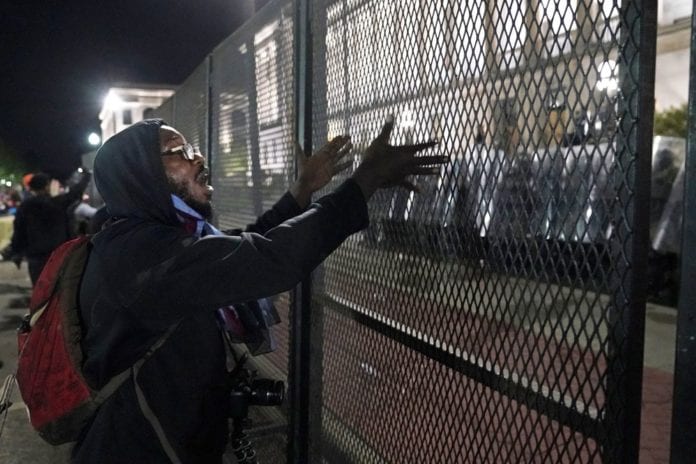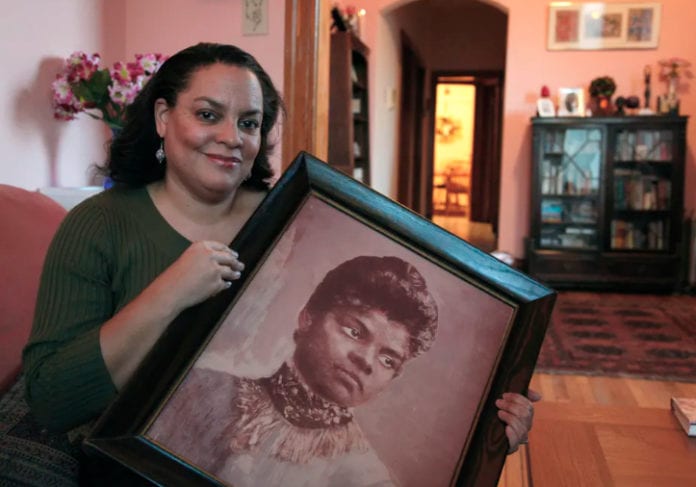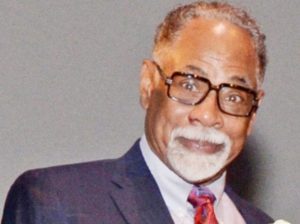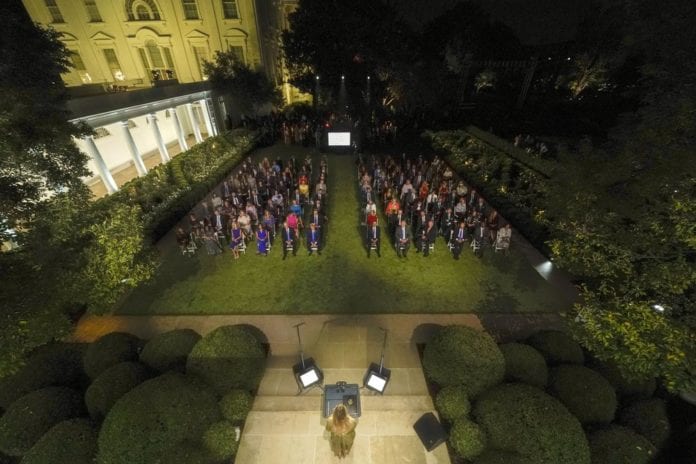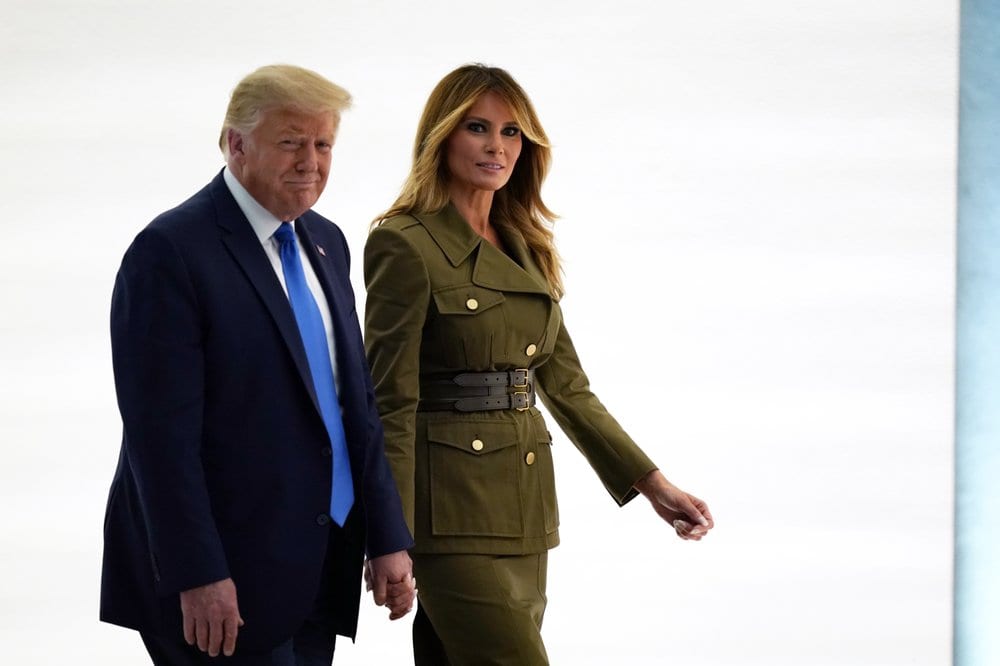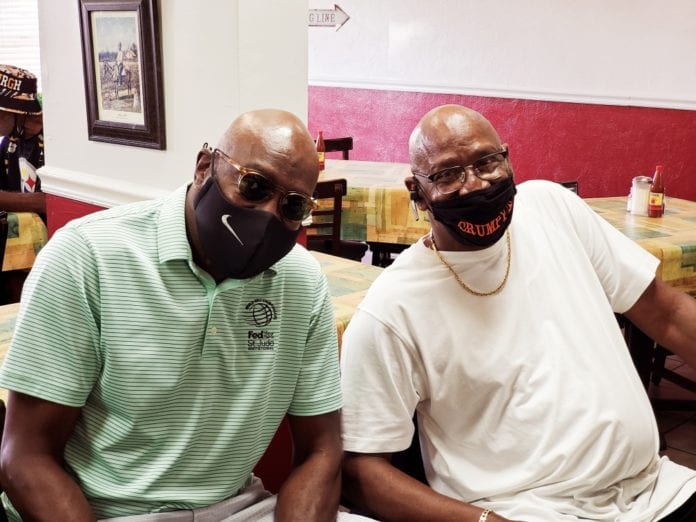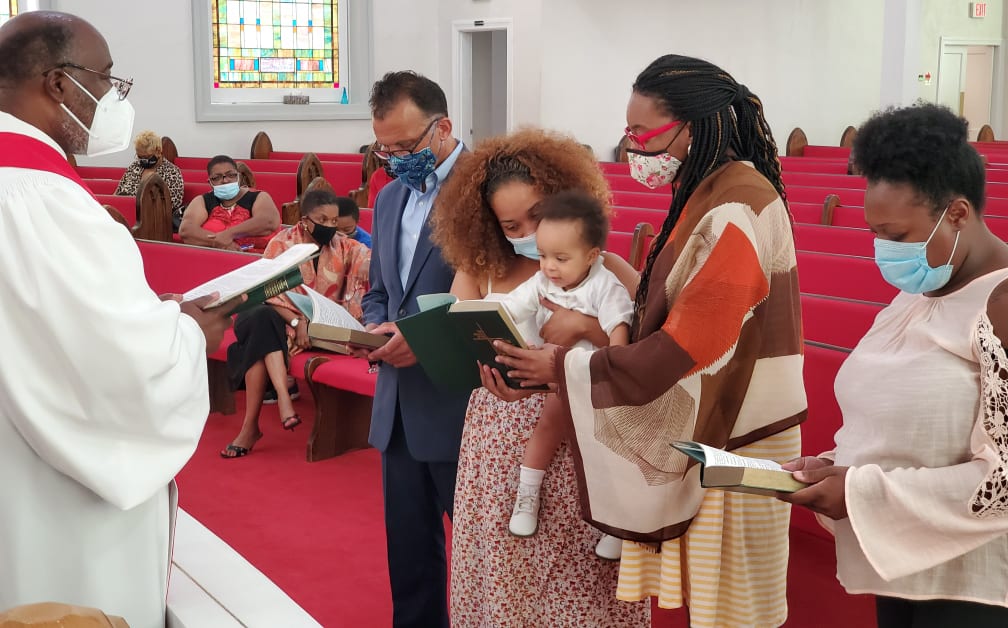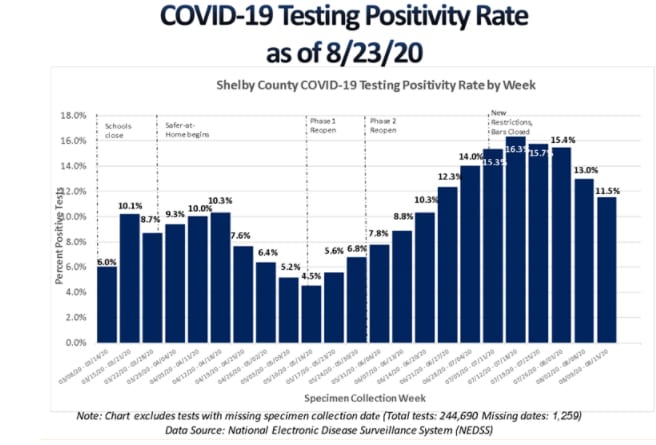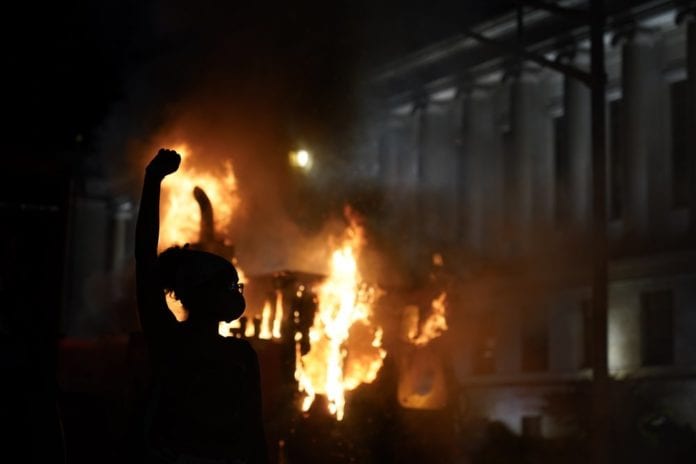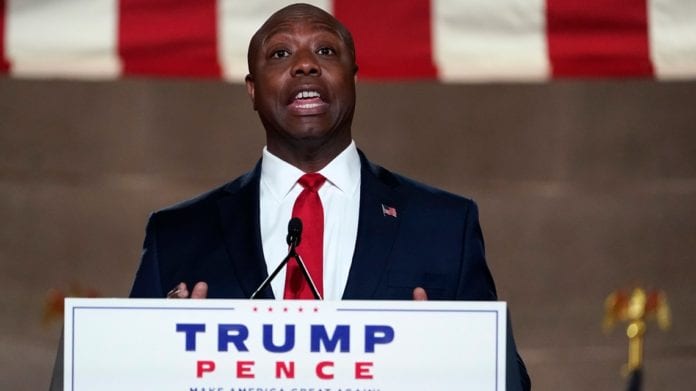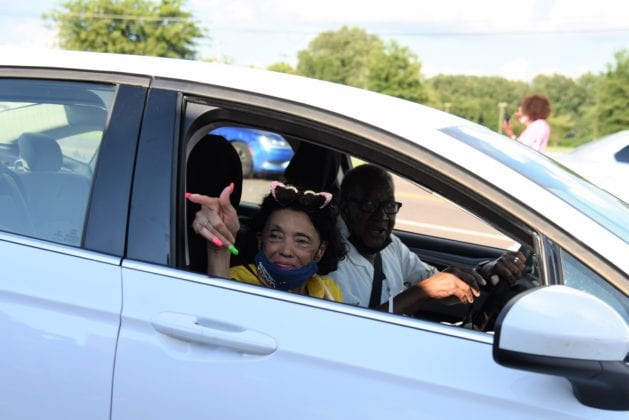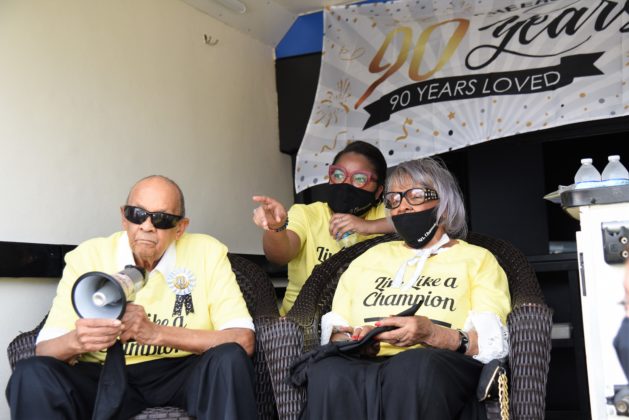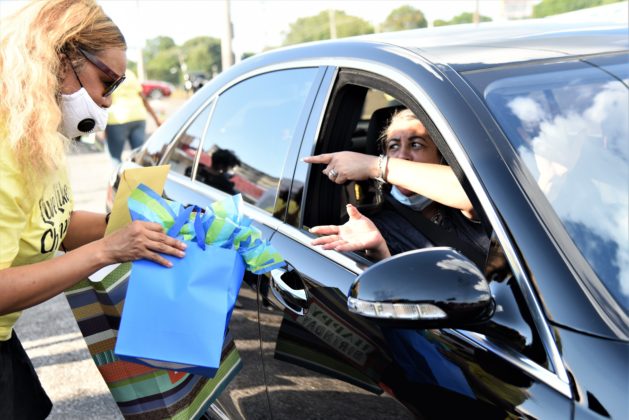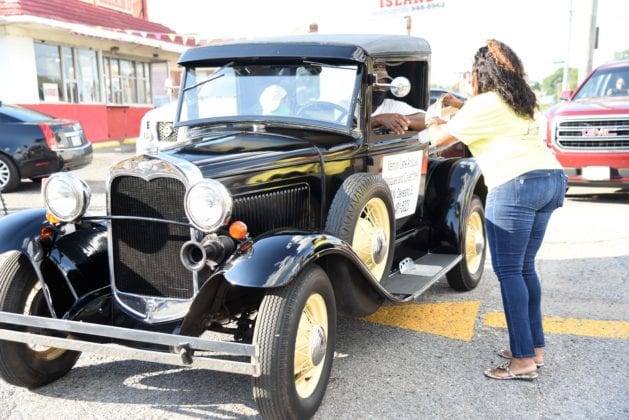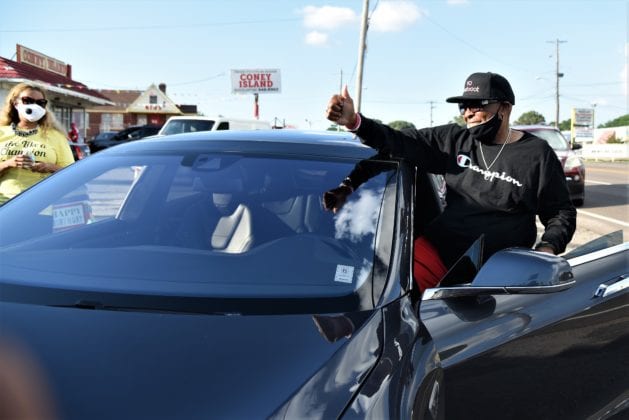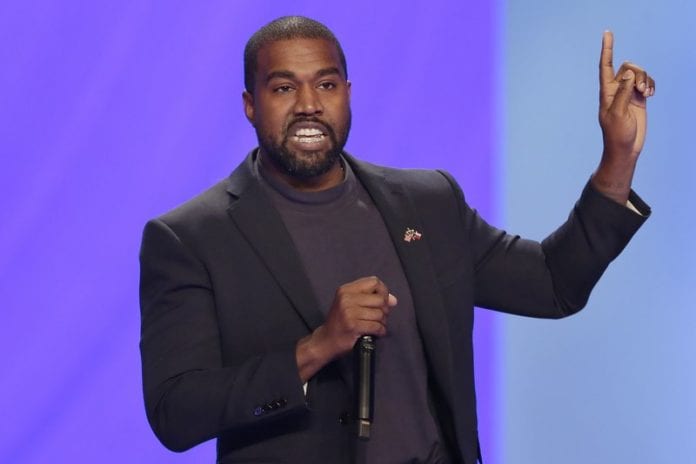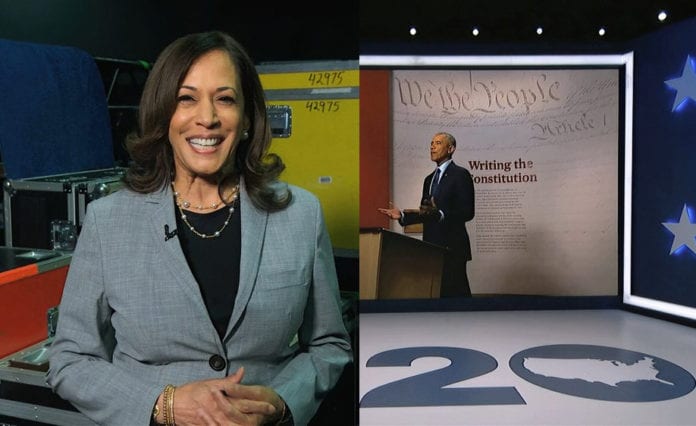by Mike Householder and Scott Bauer —
KENOSHA, Wis. — Illinois police arrested a juvenile Wednesday after two people were shot to death in a possible vigilante attack during a Black lives matter protest in Kenosha over the police shooting of a Black man, Jacob Blake.
Commander Norman Johnson of the Antioch Police Department said the suspect — a young man whose name was not released because he is under 18 — was arrested on suspicion of first-degree intentional homicide. Police did not immediately release any other details.
Antioch is about 15 miles from Kenosha, which has seen three straight nights of unrest since Blake was wounded by police over the weekend.
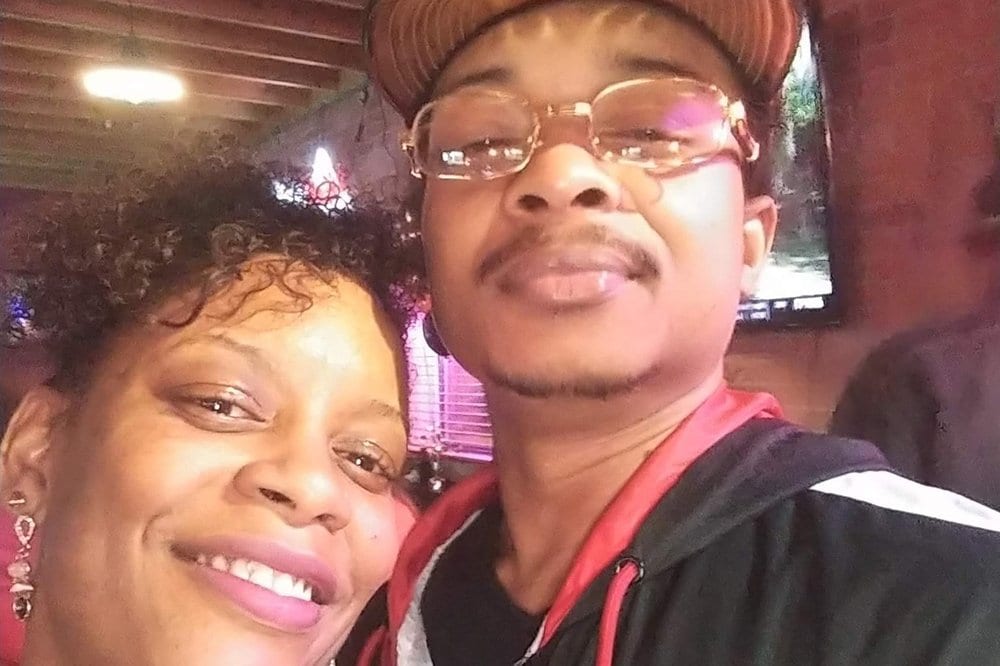
Two people were killed Tuesday night in an attack carried out by a young white man who was caught on cellphone video opening fire in the middle of the street with a semi-automatic rifle.
“I just killed somebody,” he could be heard saying at one point during the shooting rampage that erupted just before midnight.
In the wake of the killings, Wisconsin Gov. Tony Evers authorized 500 members of the National Guard to support local law enforcement around Kenosha, doubling the number of troops sent in. The governor’s office said he working other states to bring in additional National Guard troops and law officers.
One victim was shot in the head and the other in the chest, Sheriff David Beth told the Milwaukee Journal Sentinel. A third person suffered gunshot wounds not believed to be life-threatening.
“We were all chanting ‘Black lives matter’ at the gas station and then we heard, boom, boom, and I told my friend, `‘That’s not fireworks,’” 19-year-old protester Devin Scott told the Chicago Tribune. “And then this guy with this huge gun runs by us in the middle of the street and people are yelling, ‘He shot someone! He shot someone!’ And everyone is trying to fight the guy, chasing him and then he started shooting again.”
According to witness accounts and video footage, police apparently let the young man responsible for the shootings walk past them with a rifle over his shoulder as members of the crowd were yelling for him to be arrested because he had shot people.
The sheriff told the Journal Sentinel that armed people had been patrolling the city’s streets in recent nights, but he did not know if the gunman was among them.
“They’re a militia,” Beth said. “They’re like a vigilante group.”
The FBI said it is assisting in the case.
Wisconsin Lt. Gov. Mandela Barnes, who is Black, said in an interview with the news program “Democracy Now!” that the shootings were not surprising and that white militias have been ignored for too long.
“How many times across this country do you see armed gunmen, protesting, walking into state Capitols, and everybody just thinks it’s OK?” Barnes said. “People treat that like it’s some kind of normal activity that people are walking around with assault rifles.”
Witness accounts and video show that the shootings took place in two stages: The gunman first shot someone at a car lot, then jogged away, stumbled and fell in the street, and opened fire again as members of the crowd closed in him.
A witness, Julio Rosas, 24, said that when the gunman stumbled, “two people jumped onto him and there was a struggle for control of his rifle. At that point during the struggle, he just began to fire multiple rounds and that dispersed people near him.”
“The rifle was being jerked around in all directions while it was being fired,” Rosas said.
Sam Dirks, 22, from Milwaukee, said he saw the suspected gunman earlier in the evening, and he was yelling at some of the protesters.
“He was definitely very agitated. He was pacing around, just pointing his gun in general. Not necessarily at anyone specifically,” Dirks said.
In other widely circulating video, police can be seen tossing bottled water from an armored vehicle to what appear to be armed civilians walking the streets. One of the civilians appears to be the gunman who later shot protesters.
“We appreciate you being here,” an officer is heard saying to the group over a loudspeaker.
In Wisconsin, it is legal for people 18 and over to openly carry a gun, with no license required.
At a news conference earlier Tuesday, Ben Crump, the lawyer for Blake’s family, said it would “take a miracle” for the 29-year-old Blake to walk again. He called for the officer who opened fire to be arrested and for the others involved to lose their jobs.
Blake was shot, apparently in the back, on Sunday as he leaned into his SUV, three of his children seated inside.
Kenosha police have said little about what happened other than that they were responding to a domestic dispute. They have not said why the officers opened fire or whether Blake was armed, and they have not disclosed the race of three officers on the scene.
The shooting was captured on cellphone video and ignited new protests in the U.S. three months after the death of George Floyd under the knee of a Minneapolis police officer touched off a nationwide reckoning over racial injustice.
Blake’s father, also named Jacob Blake, said police shot his son “seven times, seven times, like he didn’t matter.”
“But my son matters. He’s a human being and he matters,” he said.
During the latest round of unrest on Tuesday, police fired tear gas for the third straight night to disperse protesters outside Kenosha’s courthouse, where some shook a protective fence and threw water bottles and fireworks at officers. On Monday night, crowds destroyed dozens of buildings and set more than 30 fires downtown.
___
(Bauer reported from Madison, Wisconsin. Associated Press reporters Todd Richmond in Madison, Wisconsin, Gretchen Ehlke in Milwaukee, Jeff Baenen and Amy Forliti in Minneapolis, Don Babwin in Chicago and Tammy Webber in Fenton, Michigan, contributed, as did news researcher Rhonda Shafner in New York.)


